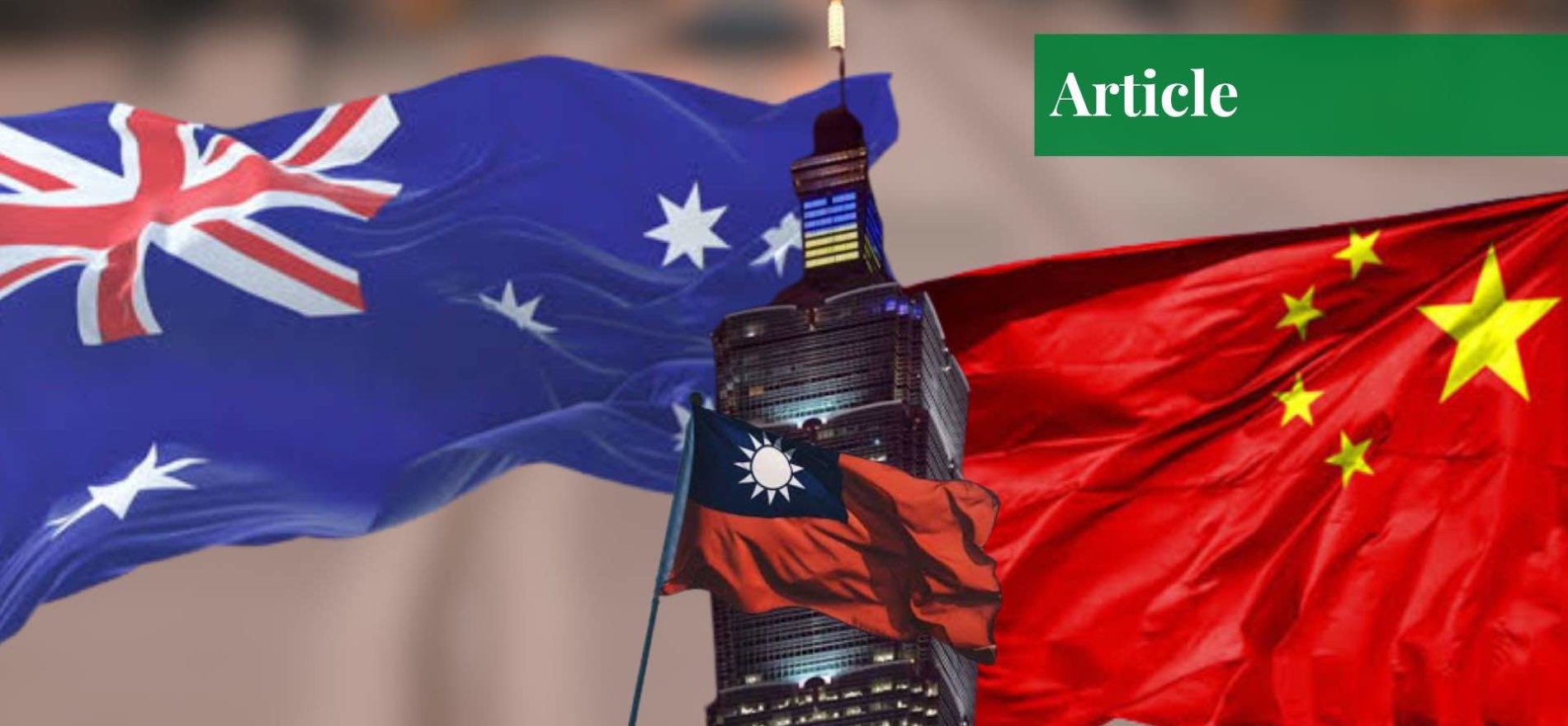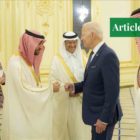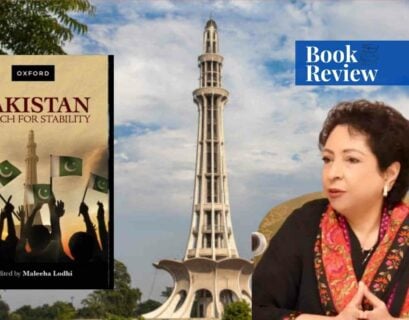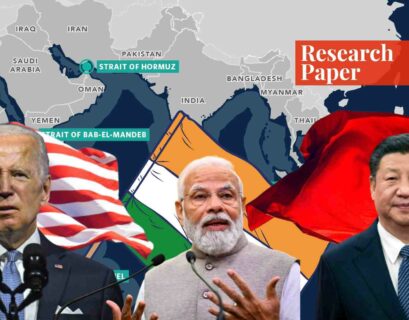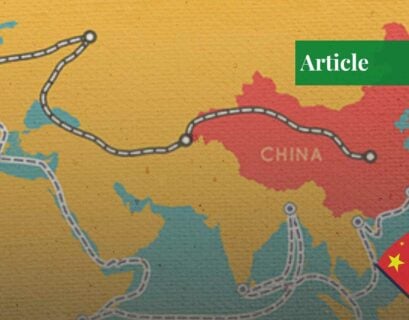Asra Zahid is pursuing her bachelor's in peace and conflict studies at National Defence University. Her areas of interest include ethnic conflicts, ideological conflicts, international politics, and current affairs.
Introduction
The China-Australia ties were formed in 1972 and followed by the establishment of an Australian Embassy in China’s capital, Beijing, in the year 1973. There are eight Australian consulates in China, located in the cities of Shanghai, Guangzhou, Chengdu, Shenyang, and Hong Kong. China further hosts 8 Austrade offices facilitating Australian trade, business, and tourism.
Historical Perspective
Sino-Australian diplomatic relations date back to 1941 when the nationalist government of Chiang Kai-Shek was formed in China. Australia was one of the first countries that came forward to develop diplomatic relations with the nationalistic government in China. This relationship was not a by-product of any economic, political, or cultural links, rather, it was established in an acknowledgment of Chinese resistance against Japan.
Following the formation of the nationalist government, a revolution took place and the Chinese Communist Party (CCP) took charge after the nationalist party escaped Taiwan and formed the government. Under prevailing Cold War politics, the Australian government refused to recognize the communist government in China. In the year 1966, Australia recognized the nationalistic government in Taiwan as the only legitimate government in China.
At that particular time, the issue of China’s recognition was a matter of controversy in Australia and a matter of serious concern in the context of the Vietnam War. Moreover, China’s communism was perceived as a danger by the Australian government which believed that it might prevail in southeastern Asia after establishing diplomatic ties with the People’s Republic of China.
The scenario changed after the Labour Party got elected in Australia in 1972 and the US started reconsidering its foreign policy towards China. The Labor government recognized China as soon as it got elected. Mr. Gough Whitlman’s Labor government visited China following the visit of USA’s President Richard Nixon.
All these events led to diplomatic, political, cultural, and economic relations between the states of China and Australia. This was further assisted by China’s international recognition, especially by the West, and opened doors to the world economy and strategic partnership with countries in China.
In the 1980s, the economic relationship between the two states strongly booted Australia’s policy preferences and transformed them from countering the threat of communism and the Cold War to cooperation and economic relationships. A “special relationship” grew between China and Australia as cooperation in terms of technology, industrialization, development, and trade grew between the two states under the leadership of the Hawke government in China.
But the relationship between the two states faced strain with suppression of democratic movement and gross human rights violations resulting in conflictual relations and a ban on ministerial visits till 1990. However economic relationships between both countries have grown to such an extent that they remain unaffected by strained relationships.
The Australian government asserted that Australia “remained committed to long term cooperative relationship with China.” Both countries started enjoying normal diplomatic ties after 1991. With the change of government in Australia and Keating’s hold of charge, it was asserted that the China-Australia relations are only based on a “realistic business-like approach” and not on “special relationships “ as stated in the 1989 period. This policy was based on concerns over China’s human rights violations. Keating emphasized economics, trade, and investment with China.
In the year 1996, China-Australia relations again faced serious strain concerning Australia’s increasingly friendly relations with Taiwan. China perceived Australia’s Taiwan-friendly policy as an inclination towards the USA and its national interests rather than China’s interests. This depicted the misunderstanding-prone nature of China-Australia relations and subject to clear policy formulation.
One China Policy
Although Australia sticks to its support of the “one China” policy but keeping in view its national, economic, and cultural interests, it also maintains unofficial ties with Taiwan. As mentioned earlier, China started perceiving Australia’s increased cooperative relations with Taiwan as against China’s interests and an environment of uncertainty prevailed in China’s foreign policy concerning Australia’s commitment to the one China policy.
Uncertainty and doubts in the relationships of both states were led by Australian support for US military presence in the strait of Taiwan. In 1996, during democratic elections in Taiwan, China initiated missile tests in Taiwan Strait to assert its influence on Taiwan. To counter China, the US moved forward for the security of Taiwan and moved two aircraft carrier groups to assert the US interest in the security of Taiwan. The newly elected government in Australia welcomed the US interest in regional security which raised concerns of Beijing over the China-Australia relationship.
China also raised questions over Australia’s visit and uranium export to Taiwan. Issues were further escalated as Australia decided to reduce aid programs to China. To reduce more uncertainty and misunderstandings between the two states, particularly regarding Taiwan’s conflict with China, Australian Prime Minister Howard reassured China about Australia’s unshakable position on the one China policy.
He also had a meeting with the Chinese president on the occasion of the Asia-Pacific Economic Cooperation (APEC) summit to discuss the mutual concerns and interests of both states. The meeting was said to be very successful as asserted by the Chinese foreign minister:
“The Chinese Government attaches importance to the statements of the Australian Coalition Government on placing emphasis on Sino-Australian relations, adhering to a one-China policy [and] being against containment…We would like to develop a long, stable relationship with Australia on the basis of mutual respect, non-interference in each other’s internal affairs, and seeking common ground while reserving our differences.”
This was followed by Mr. Ziang Zemin’s invitation to Mr. Howard for an official visit to China. Uncertainties and doubts between the two states were addressed and the China-Australia relations went on a standard track. However, the sensitive nature of diplomatic ties is evident.
Development Import Finance Facility
The Development Import Finance Facility (DIFF) was an Australian aid program for developing countries. Its abolition in 1996, on the basis of reduced budget expenditure, led to strained China-Australia relations. In response to it, China stated that it not only caused “a financial loss on the Chinese side but also do no good to the Australian side in terms of its credibility and business interests in China…We hope that the Australian Government will follow internationally accepted practices and continue to support the projects in the pipeline.”
China also asserted, “All these projects have been committed by the two governments. If they are not to be carried out, then it won’t be in line with international practices.” The Chinese government not only raised concerns over the loss of financial support but also perceived it as an international campaign against China to restrict China’s economic development.
At that particular time, the Western states were asserting their stance in the World Bank and the Asian Development Bank that China was not entitled to loans on the basis of the country’s economic prosperity. All these events let China believe that Australia’s foreign policy is becoming more aligned with the USA’s policies and less with China’s economic interests.
Economic Cooperation
The China-Australia bilateral trade relations financially credit for approximately 31% of Australia’s trade with the world. Bilateral trade with China turned down 3% in 2020, accounting for $245 billion. Australia’s exports to China were up to $159 billion in 2020, which declined by 6% as of 2019. This turndown depicts the impact of COVID-19 on exports and the economy.
China–Australia Free Trade Agreement (ChAFTA)
The China–Australia Free Trade Agreement (ChAFTA) was enforced in 2015. The China–Australia Free Trade Agreement (ChAFTA) is a bilateral agreement of great importance for the relations of both states as it is leading to immense economic advantages for Australia, boosting Australia’s viable position and presence in the Chinese economic market, heightening financial growth, and generating more job opportunities. The bilateral agreement has led to low tariffs benefitting Australian businesses and a bilateral utilization rate of over 90%.
Foreign Direct Investment (FDI)
China is the 6th-largest foreign direct investor in Australia with investments amounting to $44 billion in 2020. Chinese investments in Australia credit for 4% of the total foreign direct investment (FDI). Meanwhile, Australia’s direct investment in China accounted for $7 billion. In contemporary times, Chinese expertise is mainly in sectors of infrastructure development and agriculture with Australia’s services in the banking and monetary sector.
Conclusion
China-Australia relations are influenced by power politics and respective economic and political concerns of both countries but since the 80s, the two states have seen economic cooperation at a higher level and on matters of mutual and regional interests. But at the same time, China is concerned about the US-Australian alliance as it directly influences China’s individual political and strategic concerns.
China is an emerging superpower and good economic and political relations with China are of great importance for the national interest and foreign policy of Australia. But at the same time, it is a challenge to be faced by Australia keeping in view the strained history of both states.
If you want to submit your articles and/or research papers, please check the Submissions page.
The views and opinions expressed in this article/paper are the author’s own and do not necessarily reflect the editorial position of Paradigm Shift.
